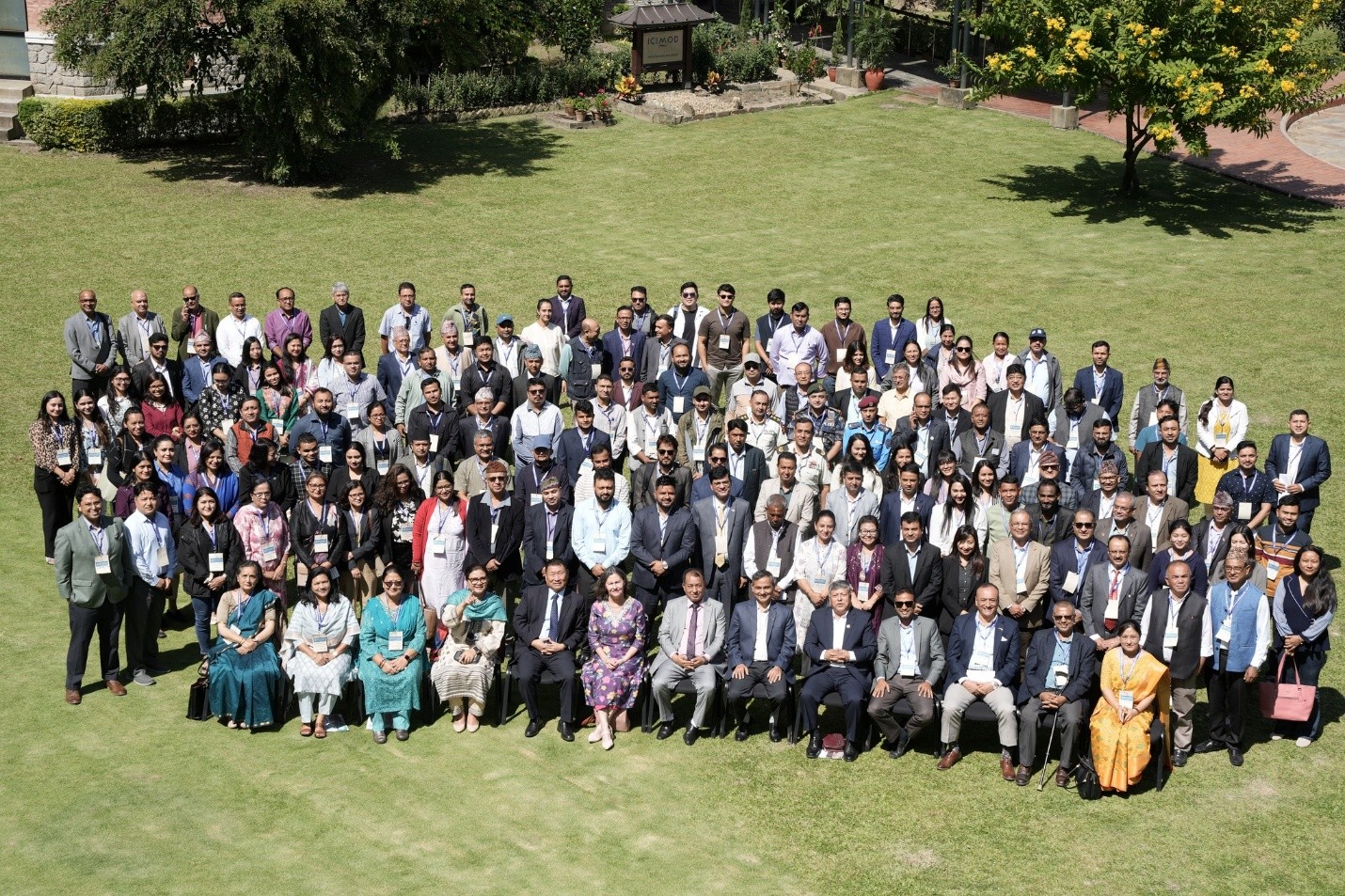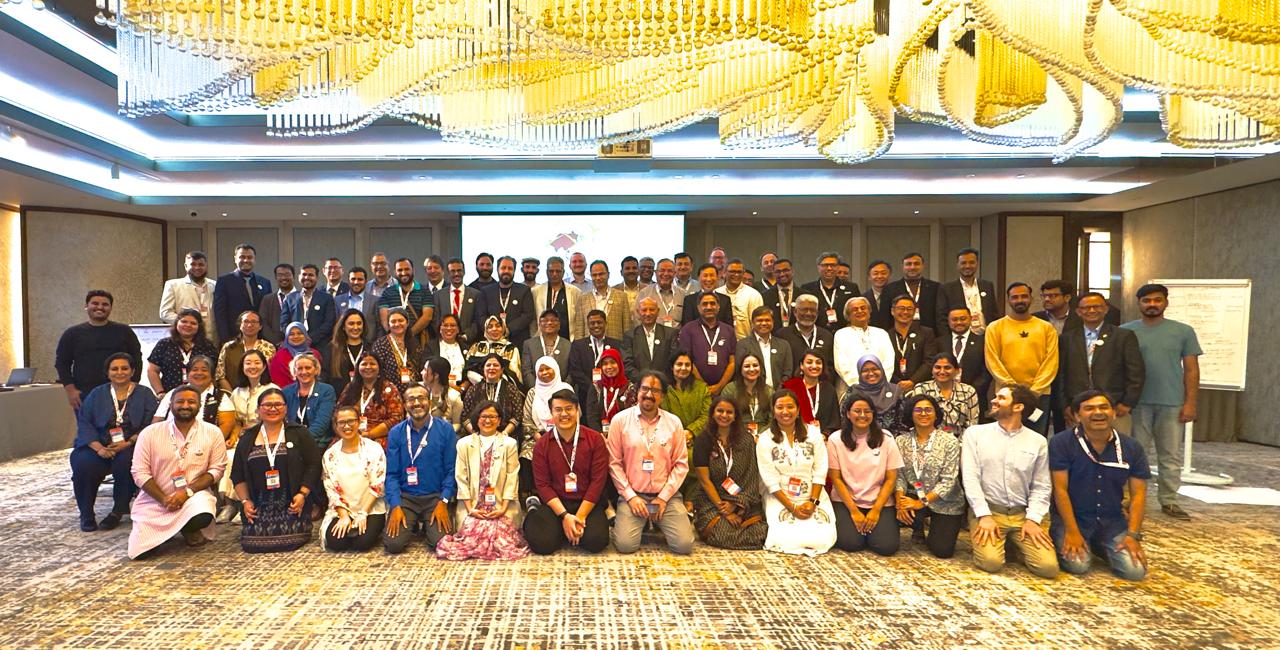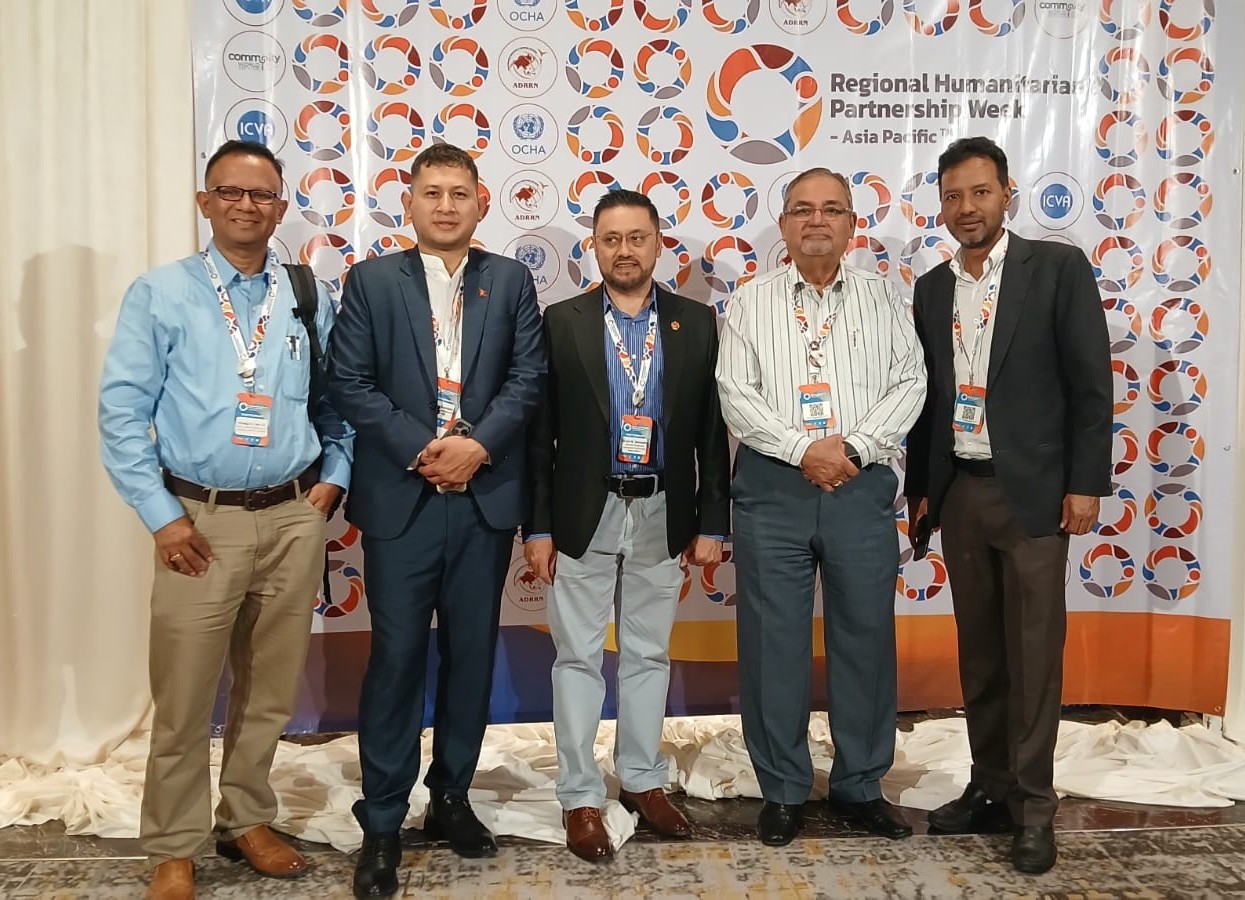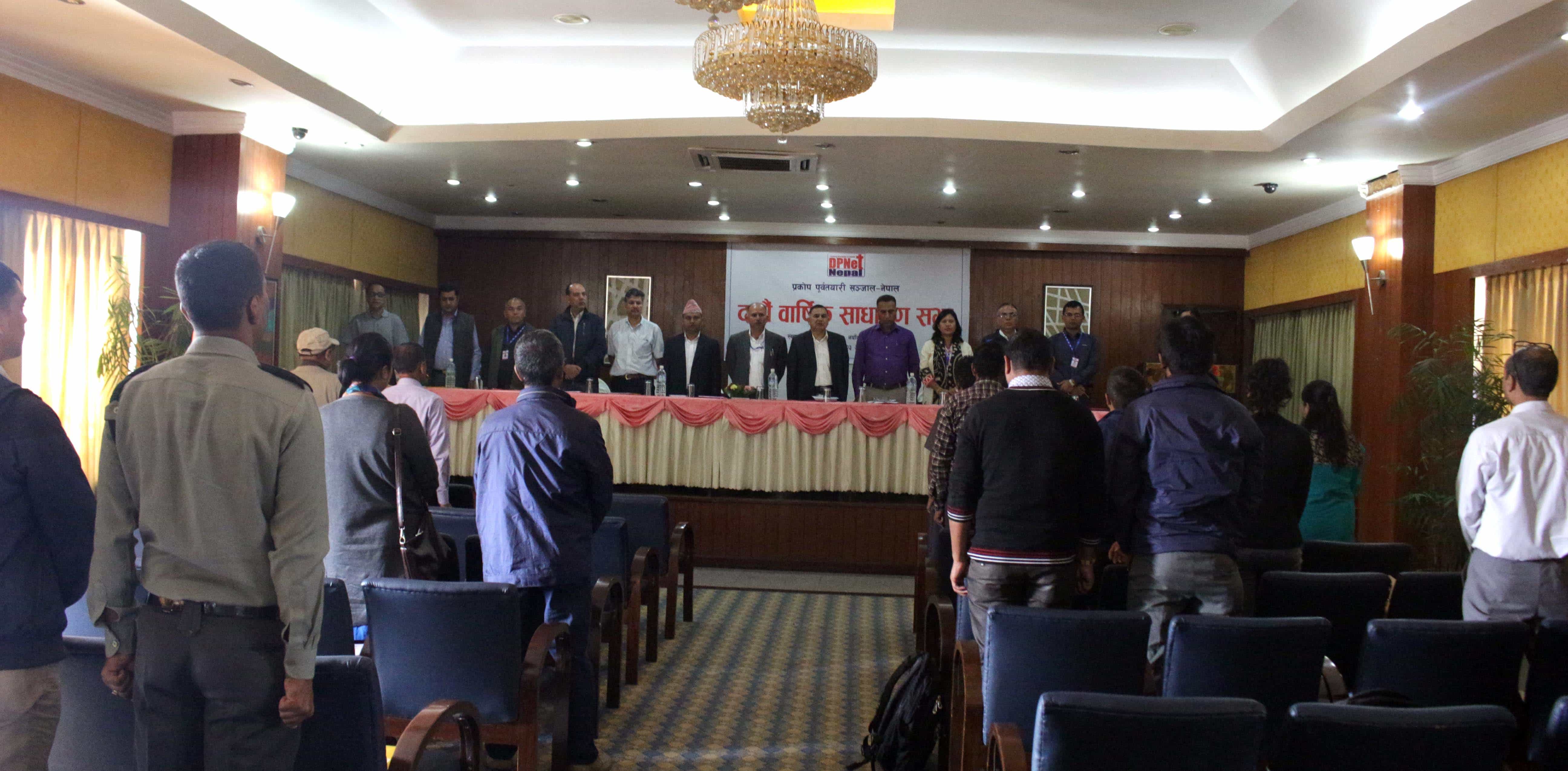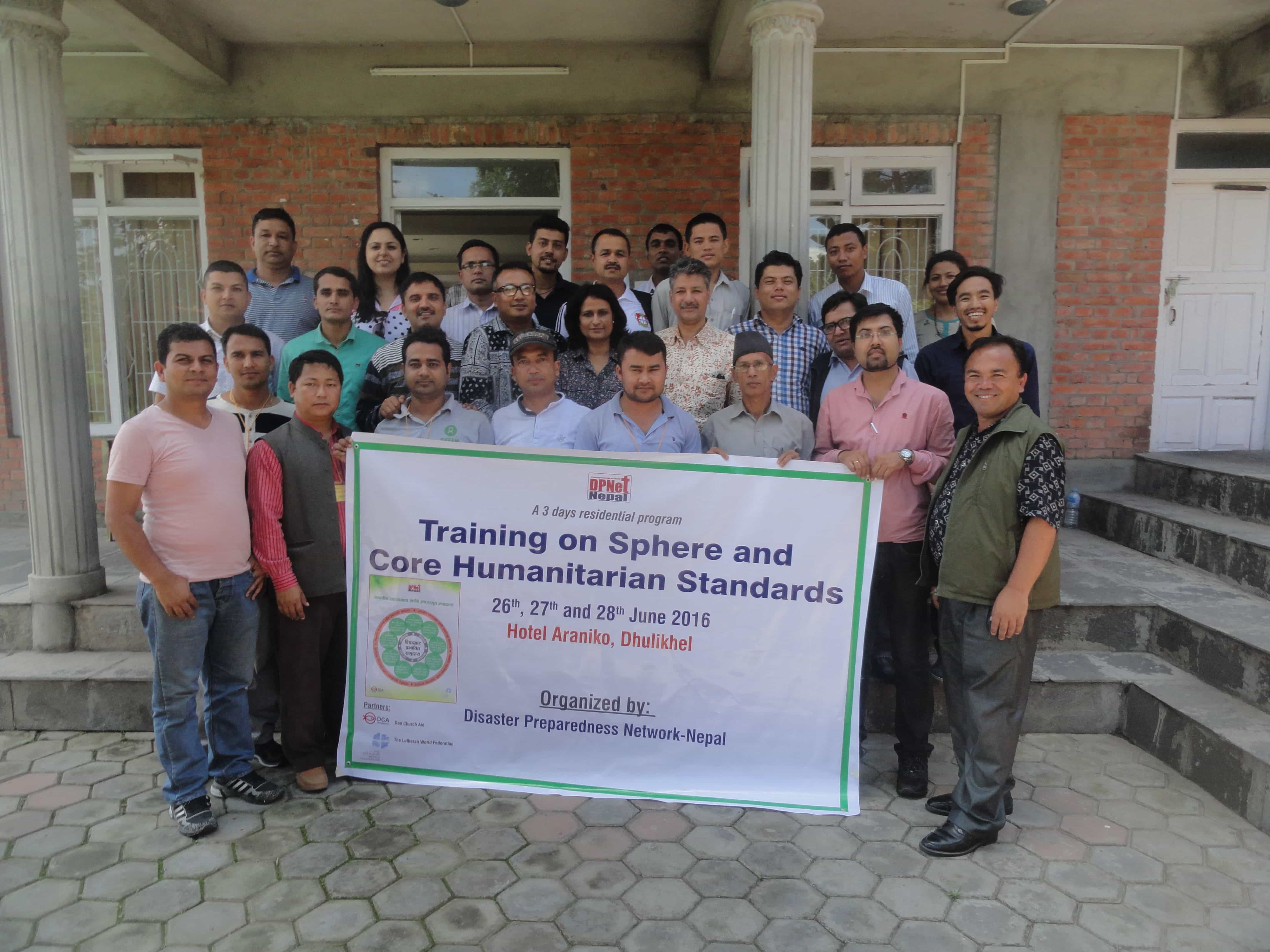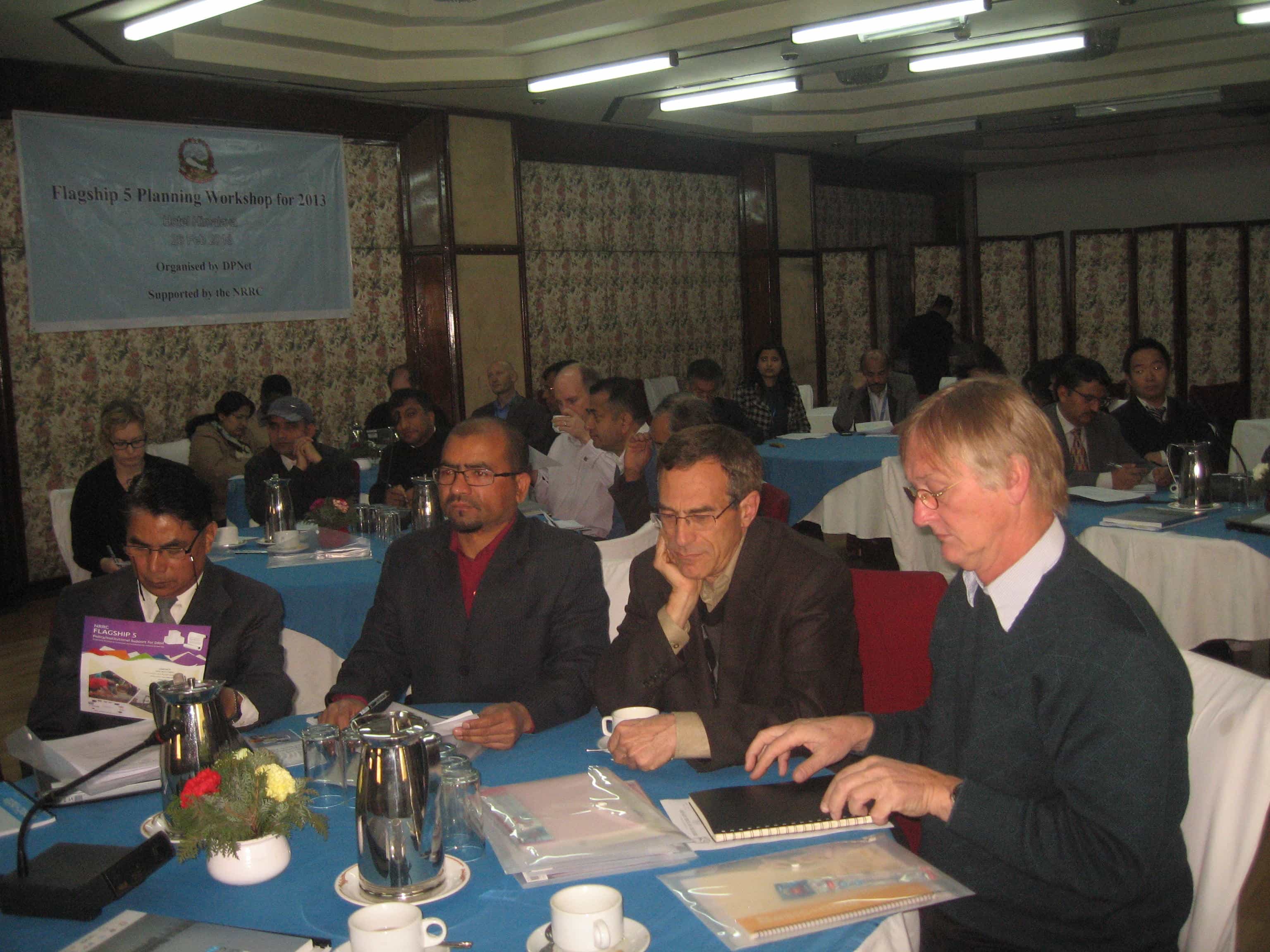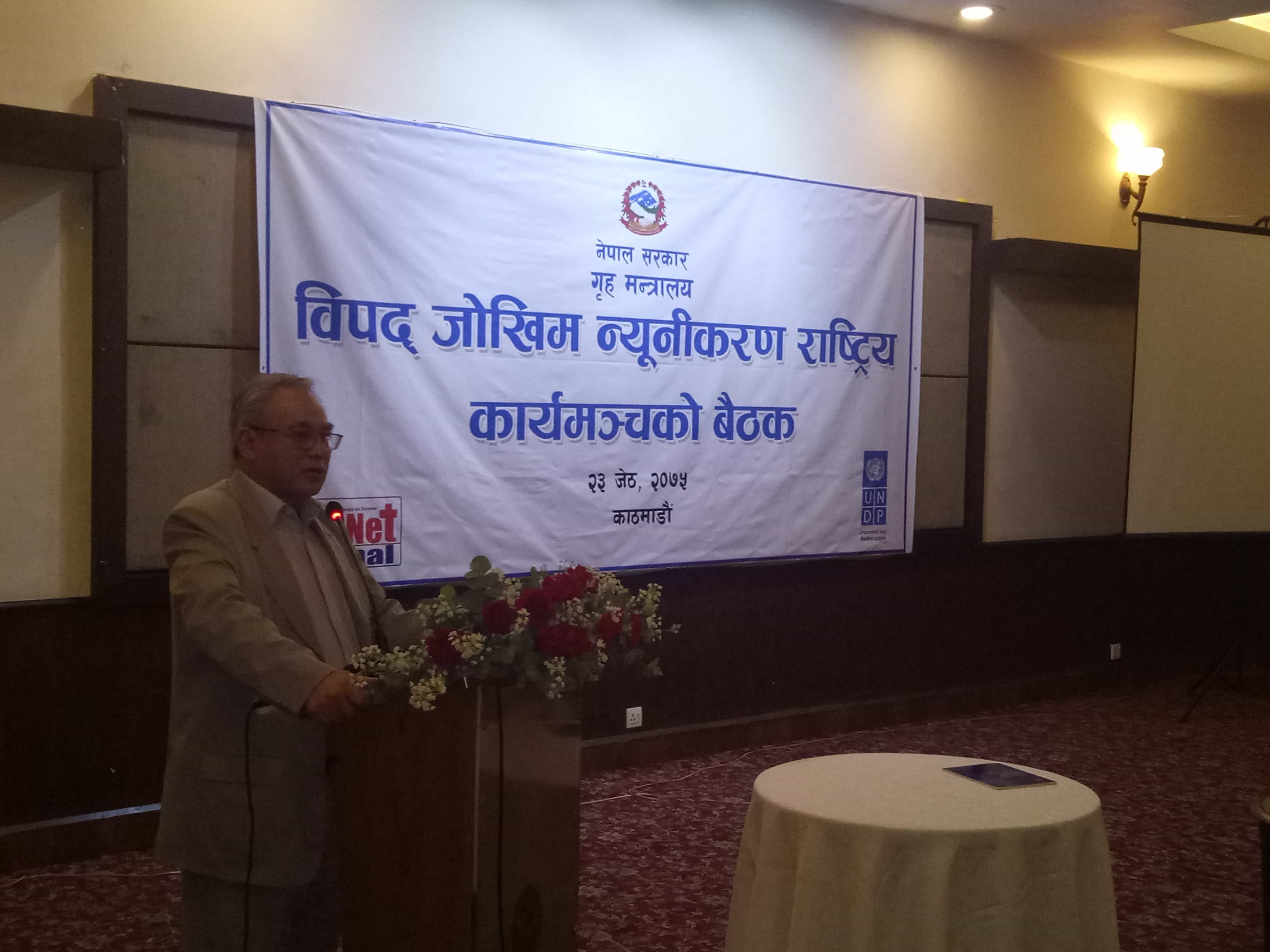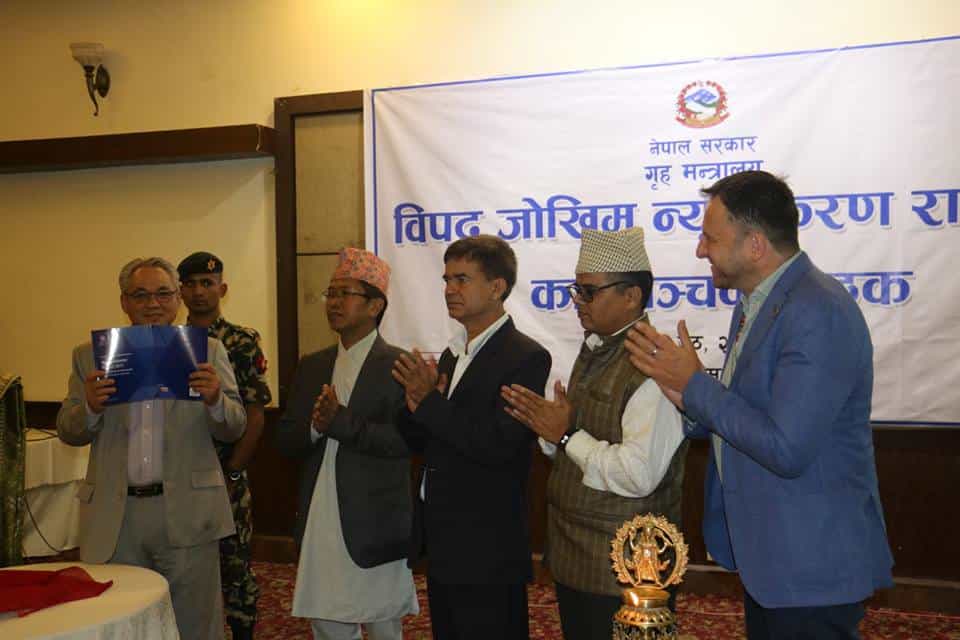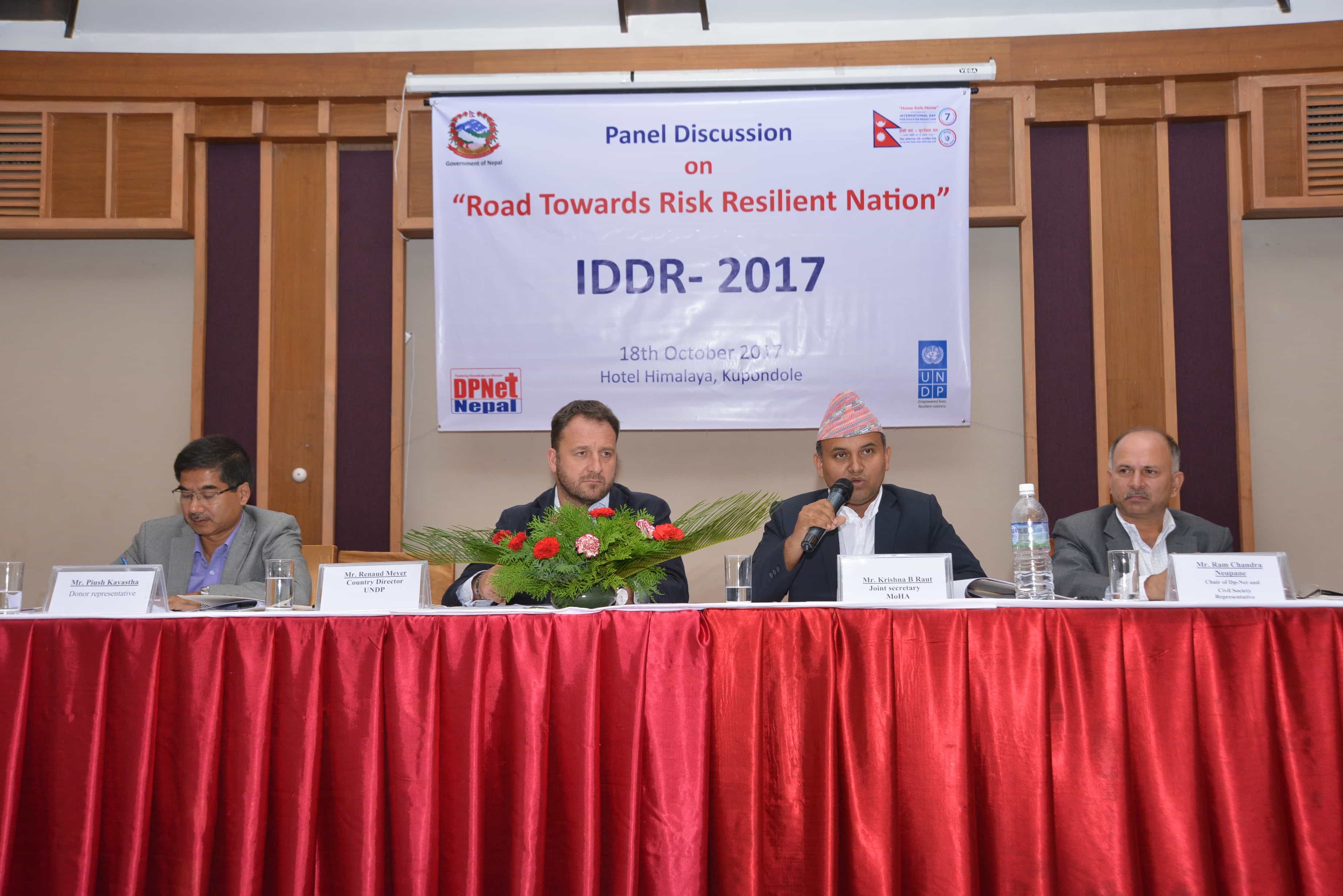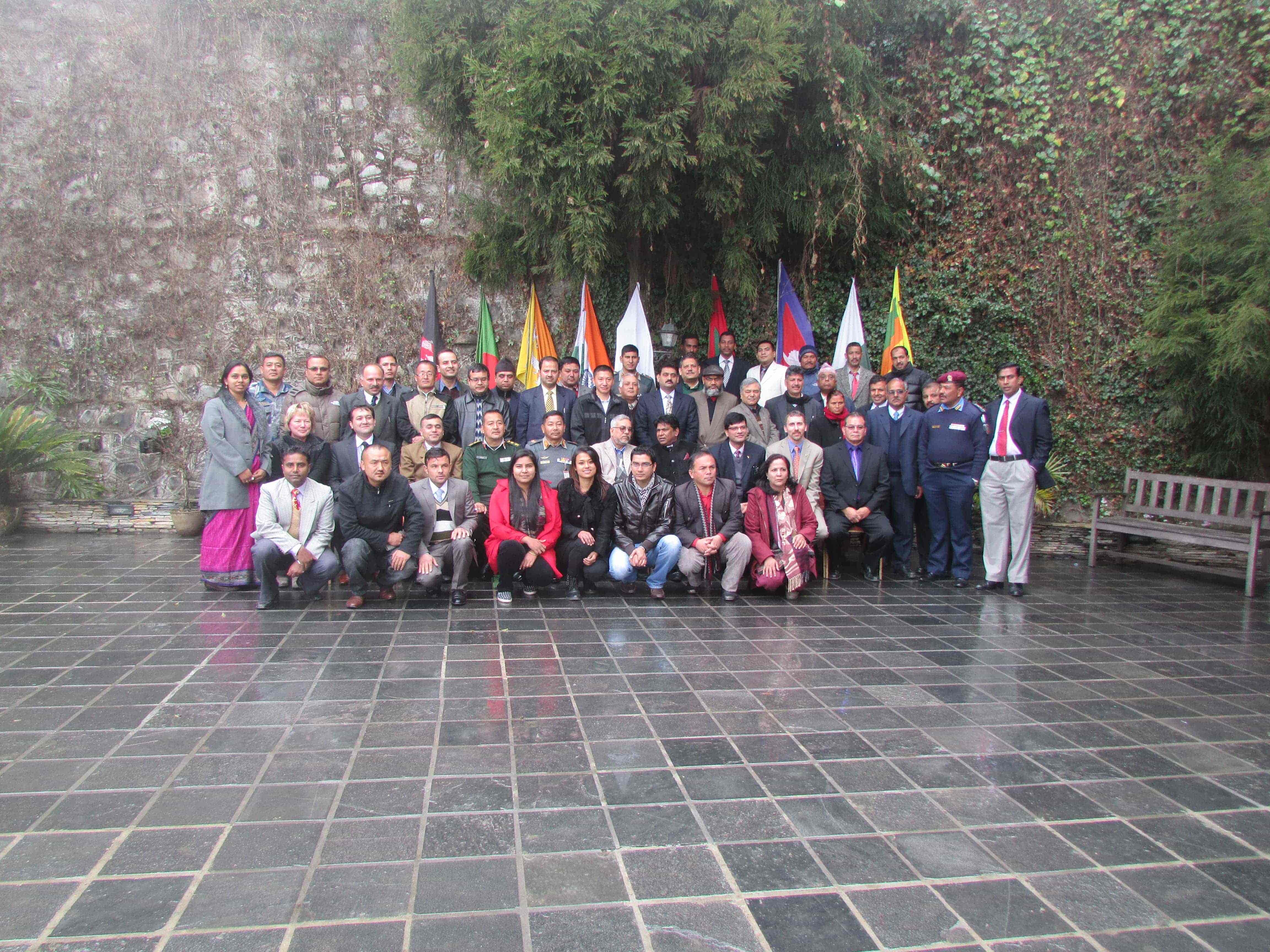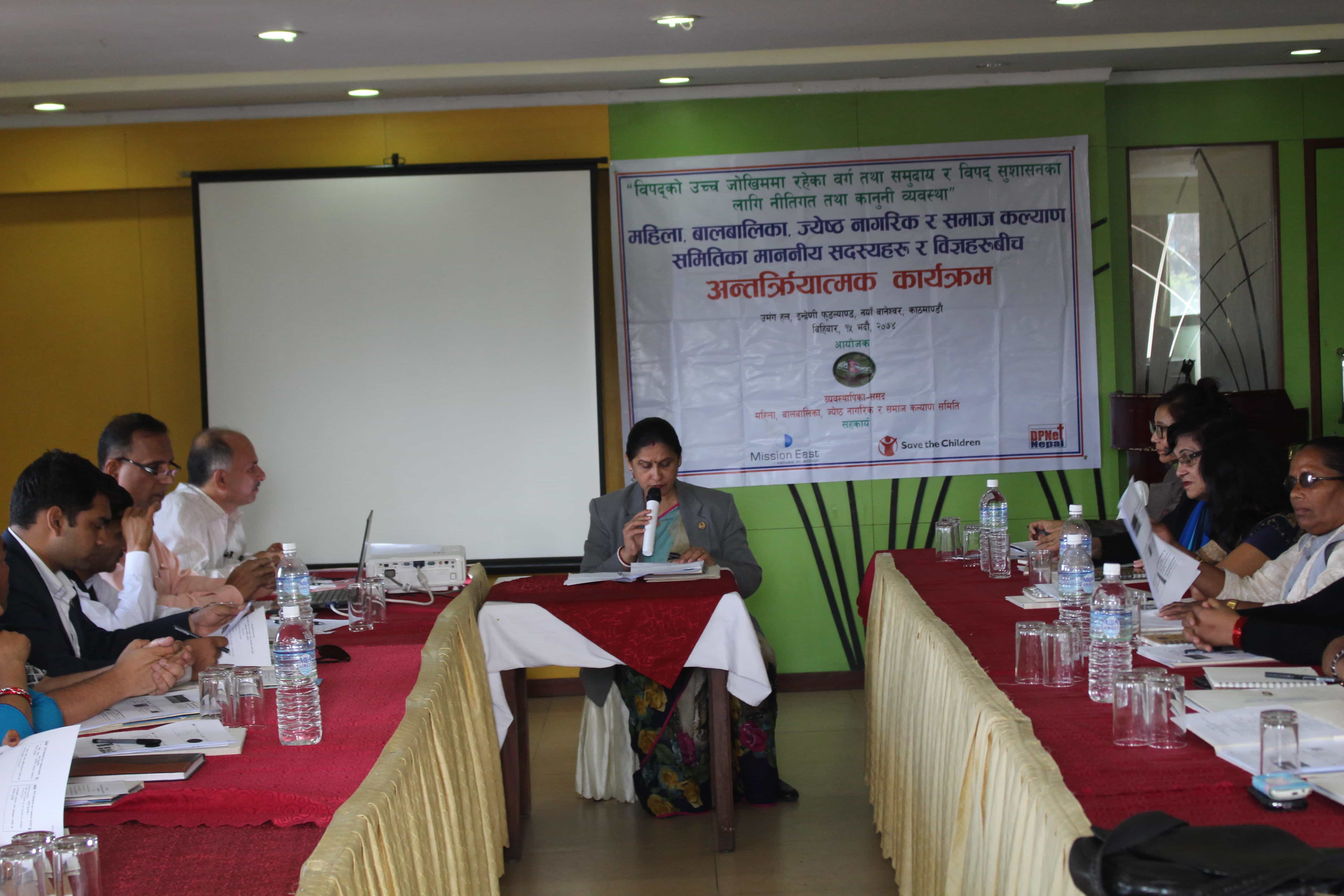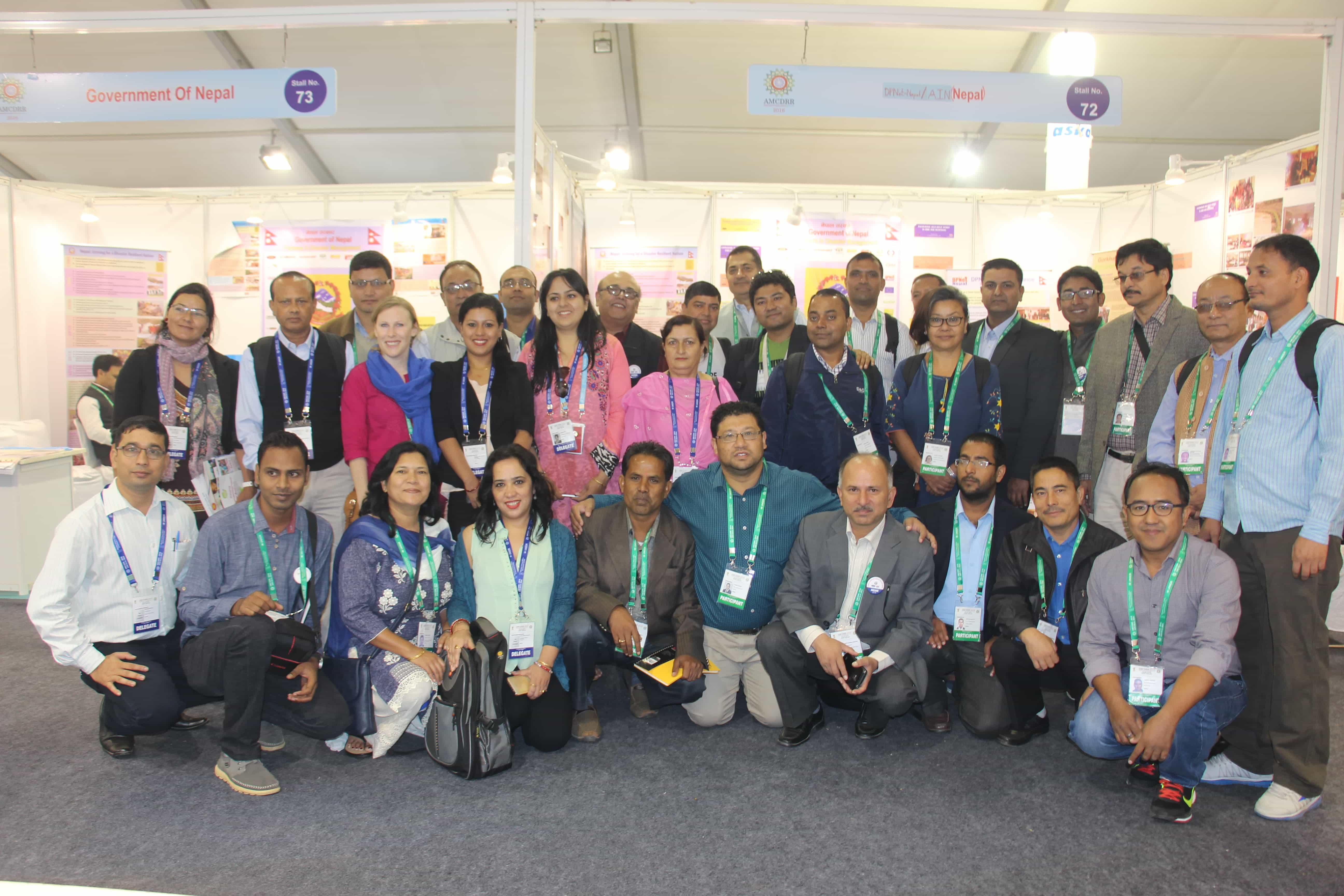DPNet Carries Out Observation Visit to Chobhar Gorge
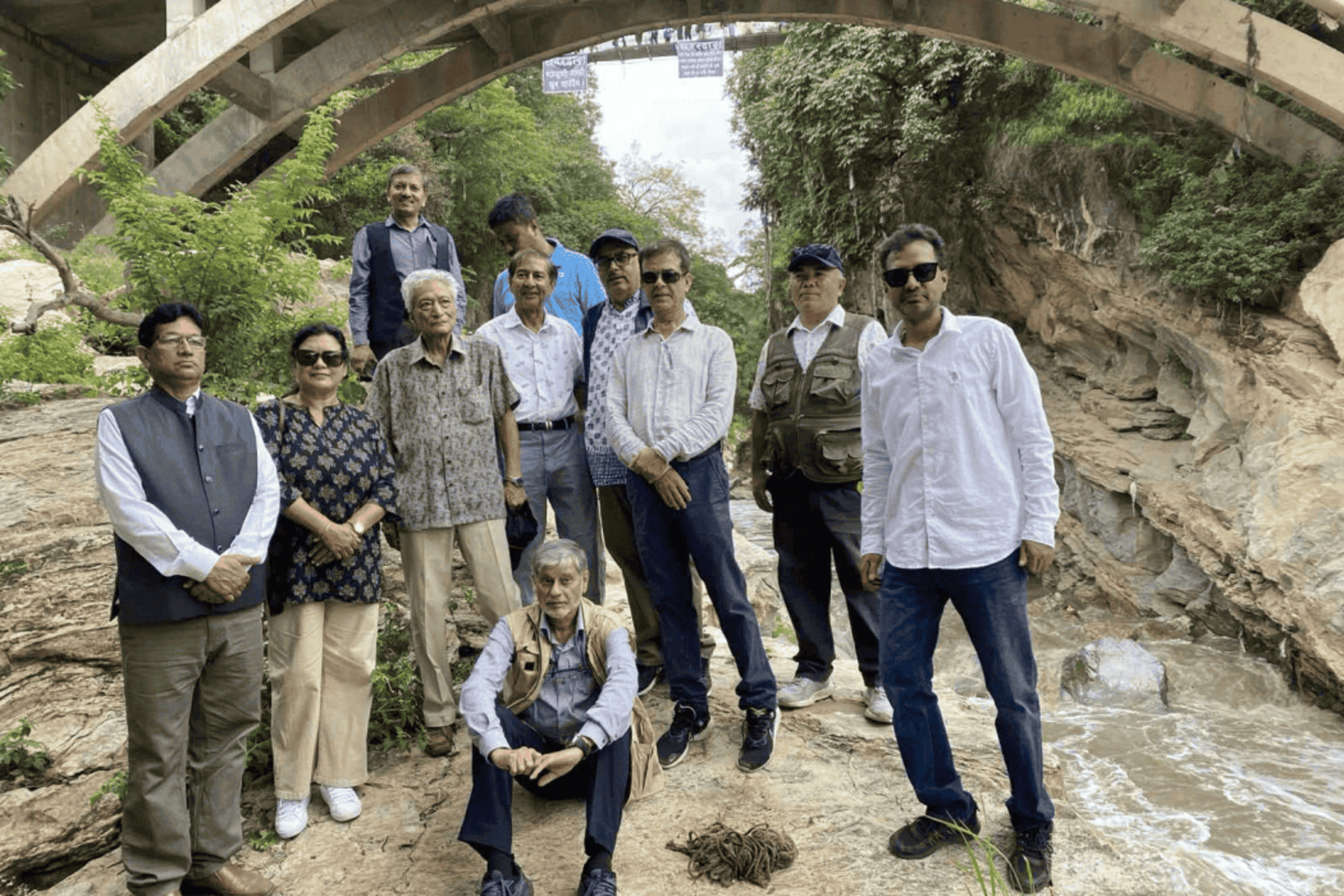
Chobhar is now at the center of discussion following a rumor that the government is going to blast out bed and side rocks of the gorge to widen and deepen the Bagmati River ‘to solve the flood problem in Kathmandu valley’. The Chobhar Gorge is the outlet of the Bagmati watershed including Kathmandu valley, and surrounding mountains. In the recent years, Bagmati River and its tributaries get flooded during monsoon and affect adjacent settlements and urban infrastructures like roads and bridges. One of such devastating flood occurred on 28 September, 2024.
Considering the flood risk, DRRM Executive committee meeting, held on 18 May 2025 decided, ‘During the continued rain, flood cannot pass through the Chobhar Gorge and surrounding areas are flooded, and considering the risk and not to let such situation repeat in coming days, Ministry of Urban Development (MoUD) to reduce the disaster risk coordinating with Nepalese Army as and when required’, and instructed the MoUD.
After that there have been different opinions, including criticism and anger from the public against the decision and government move. Also, there have been rumors that the Chobhar Gorge is being blasted out and widened by removing historic rocks.
The Chobhar is a historically, culturally and geologically significant site. There are temples and other religious sites and the site is linked to spiritual sentiments of the local and Nepali people. Chobhar’s importance extends beyond its hydrological role. Ancient texts like the Gopalarajavamsavali describe the Kathmandu Valley as a prehistoric lake, drained through the Chobhar gorge by Manjushree, a pivotal figure in Buddhist mythology. Licchavi-era inscriptions (400–750 CE) highlight the valley’s historical prominence, while geological studies reveal Chobhar’s fractured metamorphic rock and cave systems, formed over millions of years. These factors emphasize the need for careful stewardship of this culturally and geologically unique site.
The local residents already voiced strong concerns over the government’s proposal to blast and widen the gorge as a rapid, engineering-centric response to the deadly September 2024 floods.
To gather first-hand information on flood risk at Chobhar Gorge and explore mitigation options that would preserve the gorge’s natural integrity, DPNet dispatched an expert fact-finding team on 5 July 2025. The delegation was led by adviser and former chairperson Prof. Dr Bishal Nath Upreti and included current chairperson Dr Raju Thapa; former chairpersons Mr Surya Bahadur Thapa and Dr Meen Bahadur Poudel Chhetri; former DUDBC director-general Er Umesh Bahadur Malla; retired government secretary Mr Kedar Neupane; journalist Mr Ram Krishna Bhandari; technical advisers Ms Krishna Karki and Mr Rohit Yadav; DPNet vice general secretary Mr Harsman Maharjan; and Ward 6 councillor Mr Nandalal Maharjan, an elected representative from the Chobhar area, who guided the group through key sites during the visit.
The group observed the sites across the Chobhar Galchhi, including its geological and hydrological aspects. Prof. Upreti has led several geological excursions to this site for students for last 3 decades. He explained participants, showing each sites and points, about Chobhar’s challenging cave systems gorge’s features
The visit yielded to sharing of the facts that the Chobhar Gorge has discharge capacity of about 2800 m³/s. The September 2024 flood peak was of about 1130 m³/s. Therefore, the Gorge is not the reason of flooding in Kathmandu valley on that event. The riverbank areas along Bishnumati, Bagmati Rivers were flooded. Many people think that the flooding was due to encroachment of the river and building settlements along the right way of the rivers.
Hydraulic models further show that enlarging the gorge would actually accelerate flow, deepen scour and raise upstream flood levels by several meters, while the real choke-points lie in low bridges and decades of flood-plain encroachment that trap runoff inside the valley. Blasting, meanwhile, would disturb highly fractured metamorphic rock, inviting slope failures or rockfall that could block the outlet entirely and send sediment-laden surges racing toward the Terai. Beyond engineering risks, the team stressed that Chobhar’s location within the Kathmandu Valley World Heritage landscape means any alteration would erode sacred cultural sites and destroy unique fast-flow habitats that the river now supports. The deepening and widening of the Chobhar Gorge may lead to draining out of valley’s underground acquirers as the valley is a bowel like watershed.
After the observation, the group discussed the issue along with the citation of facts and historical documents about the best options to preserve the natural landscape and solve the flood problem as seen by the ‘government eyes’.
The group discussion concluded as following:
- ‘Discharge blockage at Chobhar’ is not the cause of flooding in Kathmandu. Flooding in Kathmandu must be due to other factors but never due to Chobhar or downstream.
- Government should halt all physical alteration until an independent, multi-disciplinary assessment covering geomorphology, hydraulics, culture and ecology.
- Saving lives and the settlements from the flooding is important. Therefore, the government should look for alternatives to prevent further inundation and washing away of the settlements, without destroying the natural landscape, and heritage sites.
- Embankment in the upstream of Chobhar can be one of the options to protect some houses/settlements. However, reducing flood risk in Kathmandu valley rivers requires long-term strategies to restore rivers’ natural flow area.
- The government should at least prevent further encroachment of riverbeds and reclaim critical green buffers along the corridor of Bagmati River and its tributaries.
- Last year, the floodwaters of the Bagmati River carried various massive debris, including, collapse bridge, massive gas tank and other objects, downstream. Fortunately, these materials did not reach the Chobhar Gorge. If they had, there was a possibility of clogging the narrow outlet, potentially worsening flood conditions upstream. Therefore, during the monsoon season, special attention must be paid to prevent such debris from being washed away by the river and transported to the Chobhar Gorge. Proactive closely monitoring, and early clearance of potential blockages along the river should be prioritized to ensure the continued natural flow through the Chobhar outlet.
